Powerful, rare X-class solar flares were emitted from the sun this weekend, causing radio blackouts over several countries.
These latest uncommon X-class solar flares come a few months after many parts of the world were able to see the northern lights after earlier flares also produced coronal mass ejections (CME).
A New Solar Flare
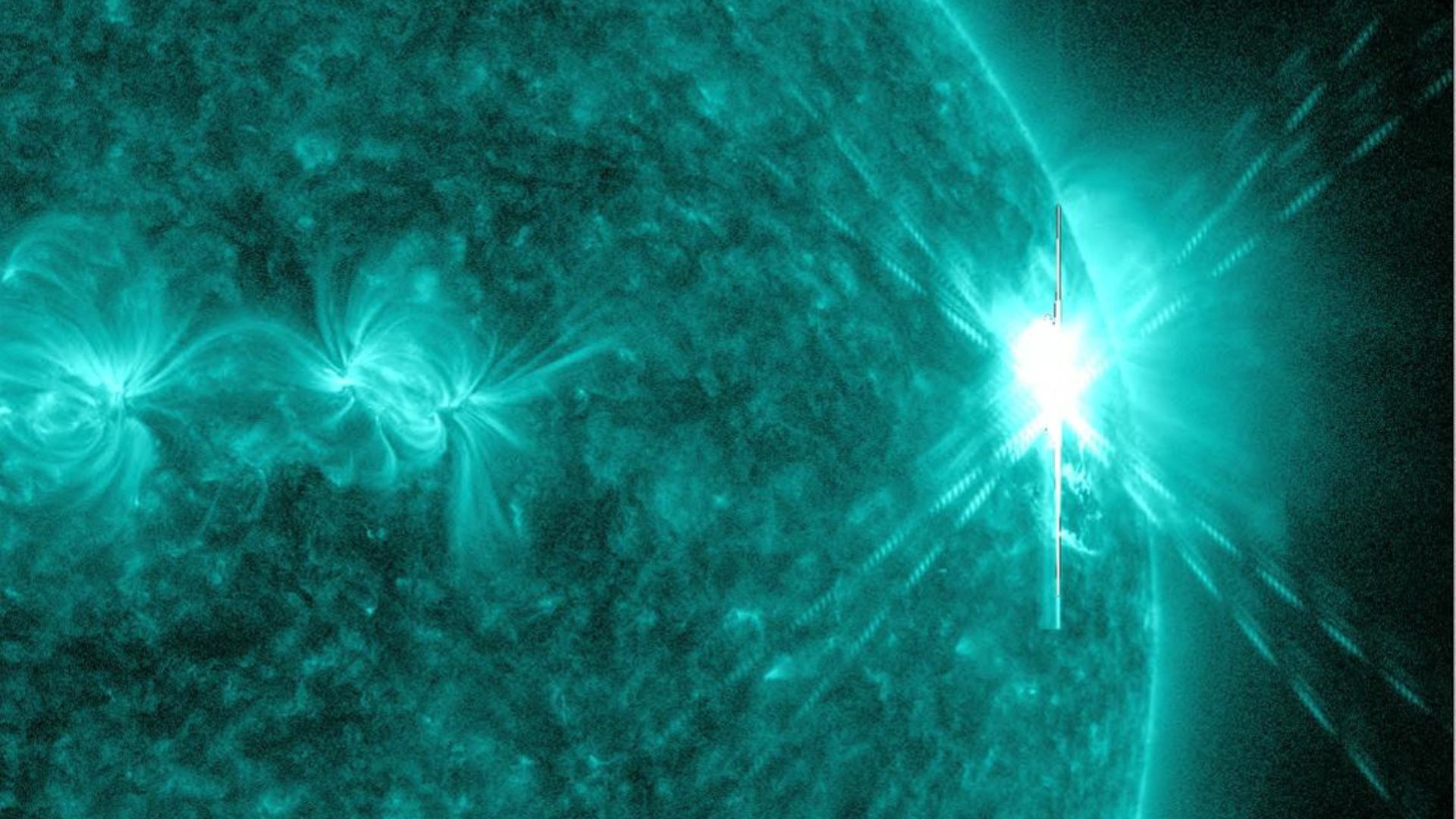
This recent solar flare occurred from Sunspot AR 3738 on Saturday, July 13. This was seen around 10:34 EDT. NASA’s Solar Dynamics Observatory was able to capture the scene.
X-class flares are the most powerful class of solar flares, according to scientists. If these flares also produce CMEs, the aurora can often be seen around many parts of the world, much as what we saw earlier this year.
What Are Solar Flares?
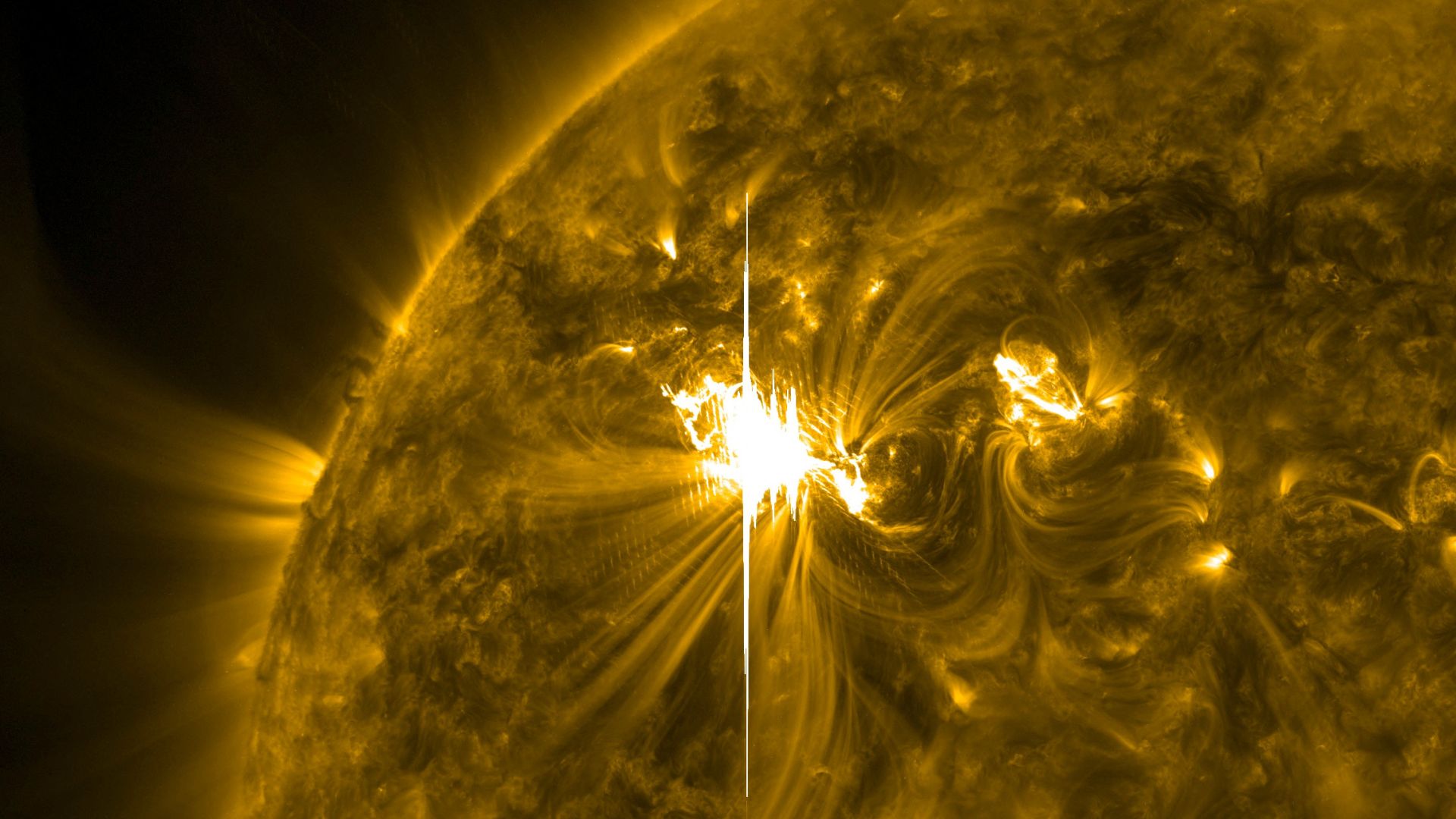
The sun’s surface can erupt with solar flares, releasing incredibly powerful waves of electromagnetic radiation in the process.
Often, these solar flares occur after magnetic energy is built up in the sun’s atmosphere. This is then released during this eruption.
Powerful Flares
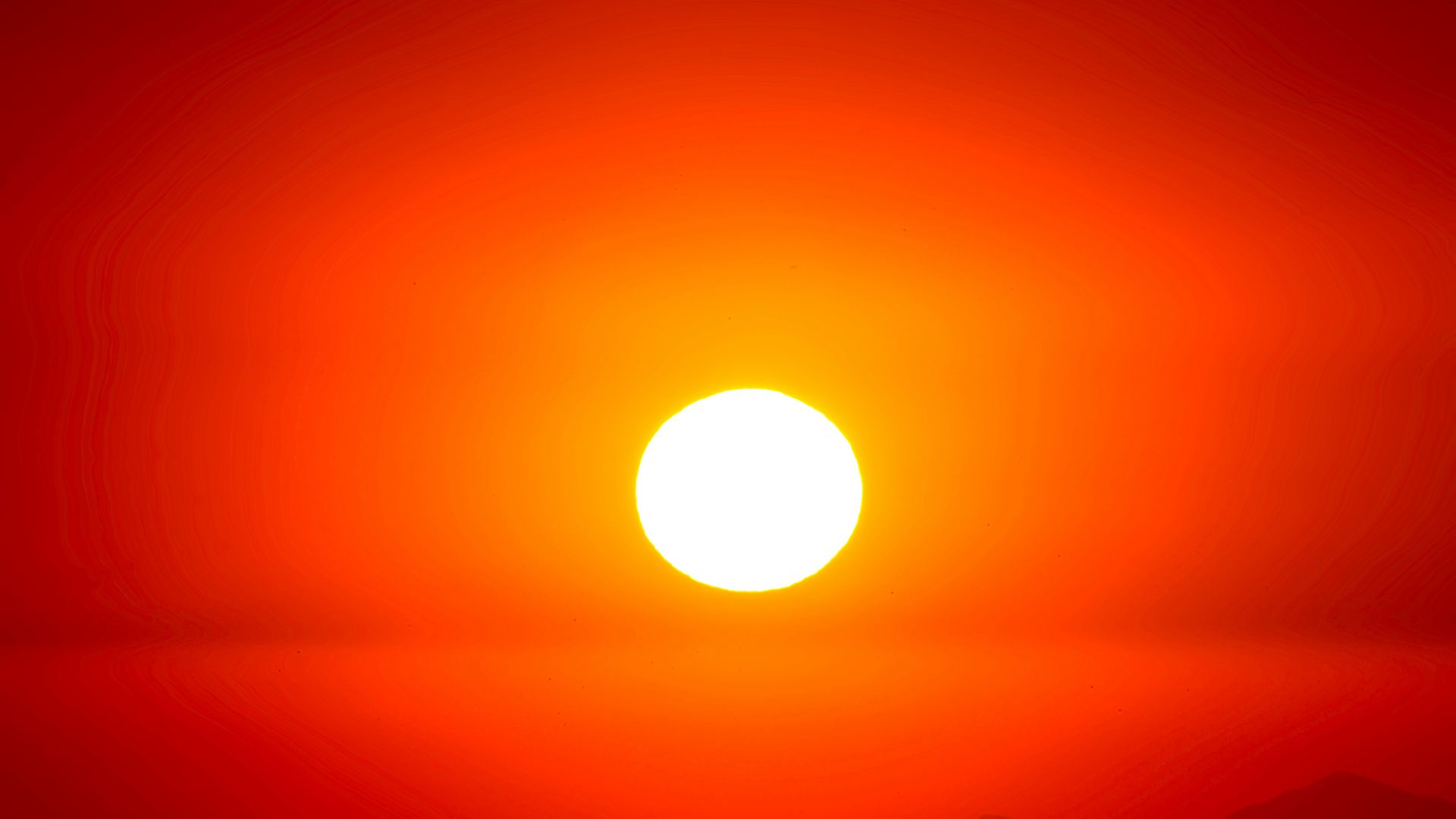
Scientists have created different classes of solar flares to better understand weak emissions, versus incredibly powerful flares.
Solar flares can be classified as A-class, B-class, C-class, and M-class, with A-class being the weakest and each class being more powerful than the former. X-class solar flares are the strongest. They aren’t necessarily common. This new solar flare over the weekend was an X-1.27.
Radio Blackouts Seen After Flare

After this latest powerful X-class solar flare occurred on the sun’s surface, many parts of the world saw radio blackouts.
Shortwave radio blackouts were seen across many parts of Australia, Japan, and Southeast Asia.
Common Blackouts

According to scientists, radio blackouts are quite commonly seen after solar flares — especially very strong ones, such as X-class flares. This is why scientists immediately warn the public when a solar flare has occurred, as radio blackouts may soon follow.
Blackouts happen because powerful solar flares release incredibly strong bursts of X-rays and ultraviolet radiation. This can then interfere with radio waves.
Radiation Traveling to Earth
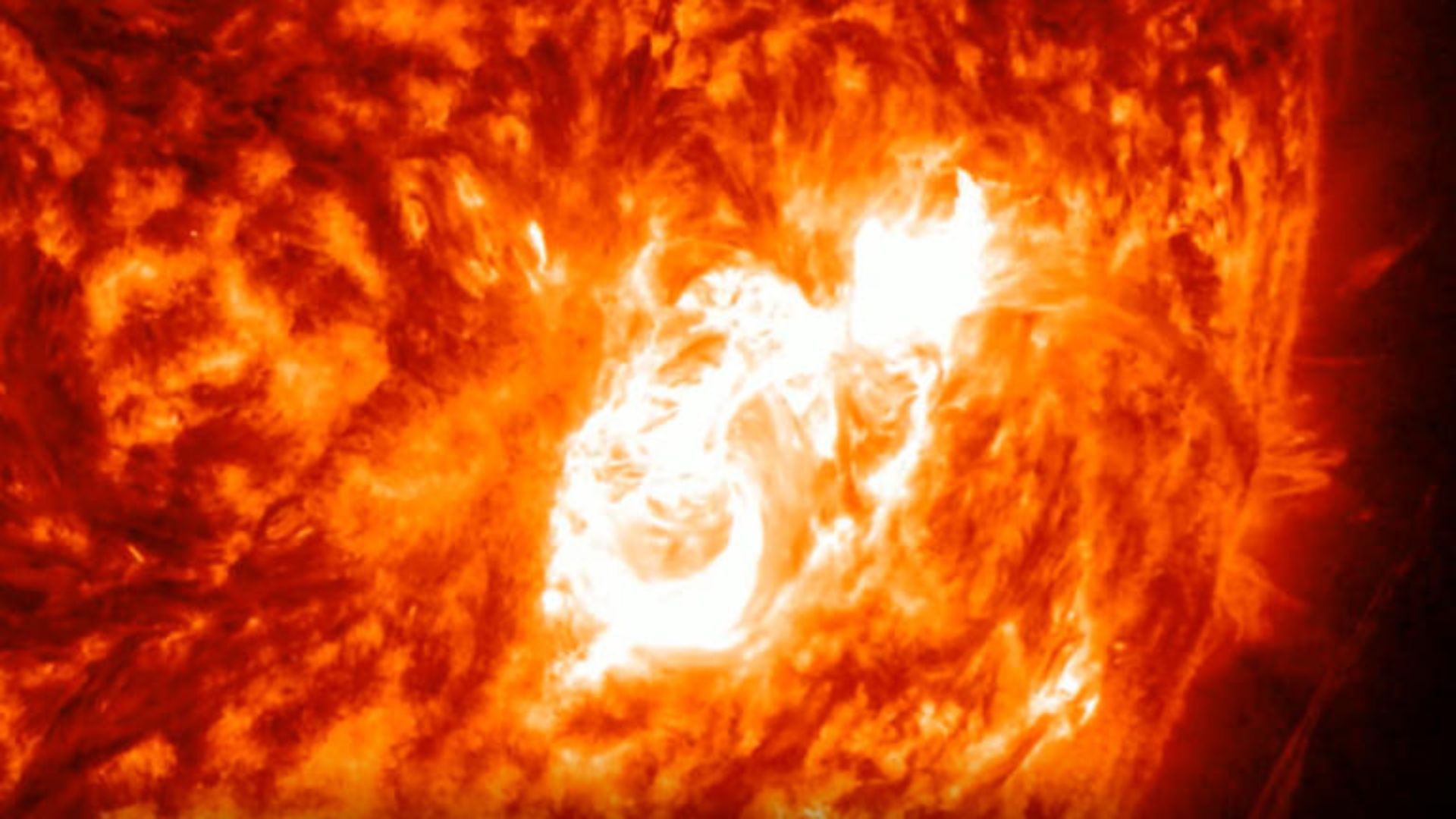
After a solar flare erupts from the sun’s surface, radiation then travels incredibly quickly — at the speed of light — to the part of the Earth that is facing the sun.
When this radiation reaches the planet, it electrically charges the upper atmosphere once it hits the vicinity. This then creates a much denser environment in the atmosphere, which makes it harder for high-frequency shortwave radio signals to accurately pass through and work.
Radio Waves During Solar Flares
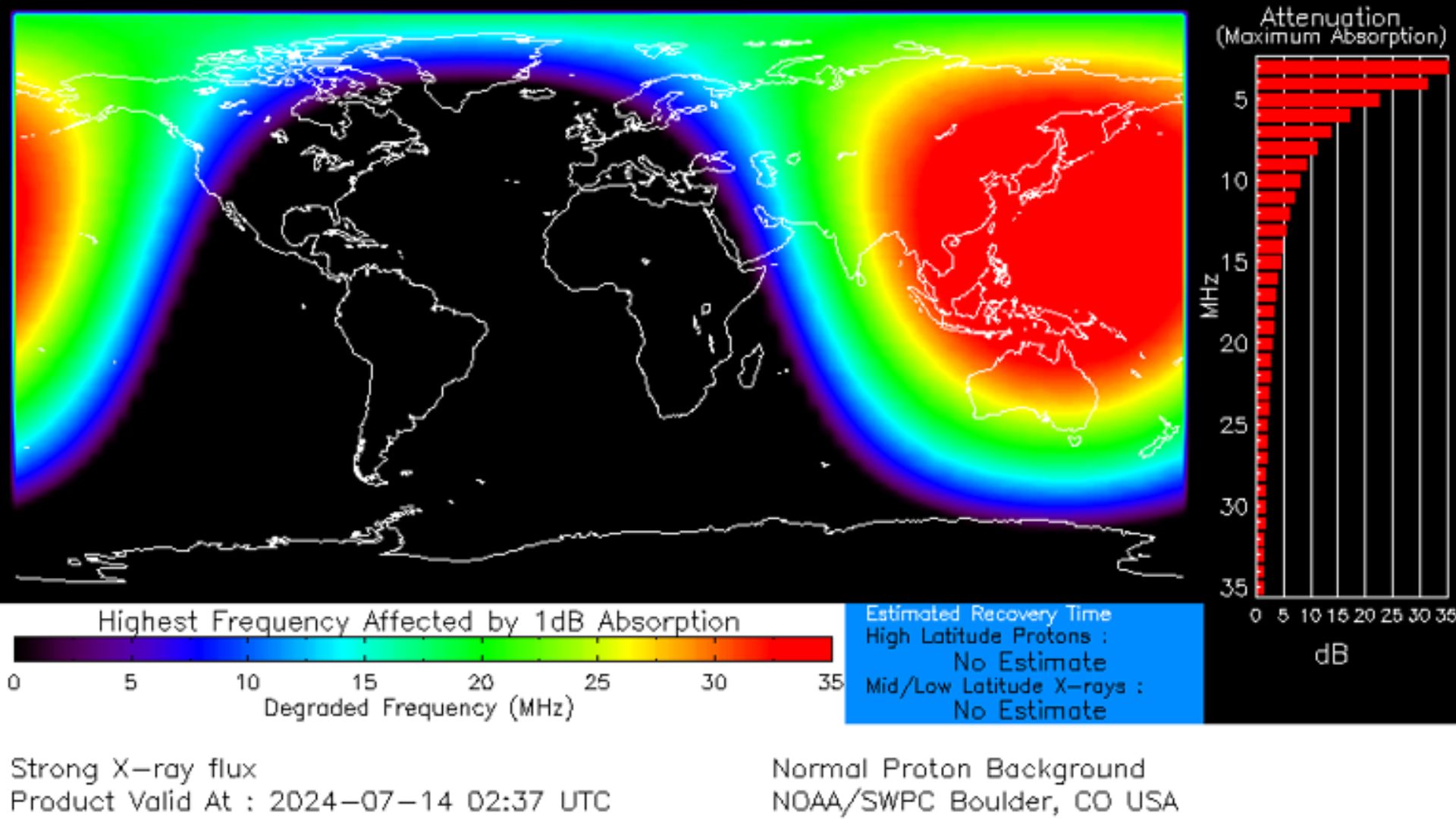
These radio waves interact with the electrons that are in the upper atmosphere — though they are now electrically charged. This ionization forces radio waves to collide and lose energy.
Ultimately, this can interfere with radio signals and either somewhat degrade them or completely cause radio blackouts.
Where Are the Northern Lights?

Unfortunately for those who were anticipating another look at the northern lights in their region, this solar flare didn’t also emit any coronal mass ejections. Without these CMEs, which are large releases of magnetic field and plasma, auroras won’t be seen throughout the Earth.
However, sometimes these very powerful solar flares do allow the northern lights to expand around much of the world. Therefore, scientists were keeping a close eye on this latest flare.
No CMEs
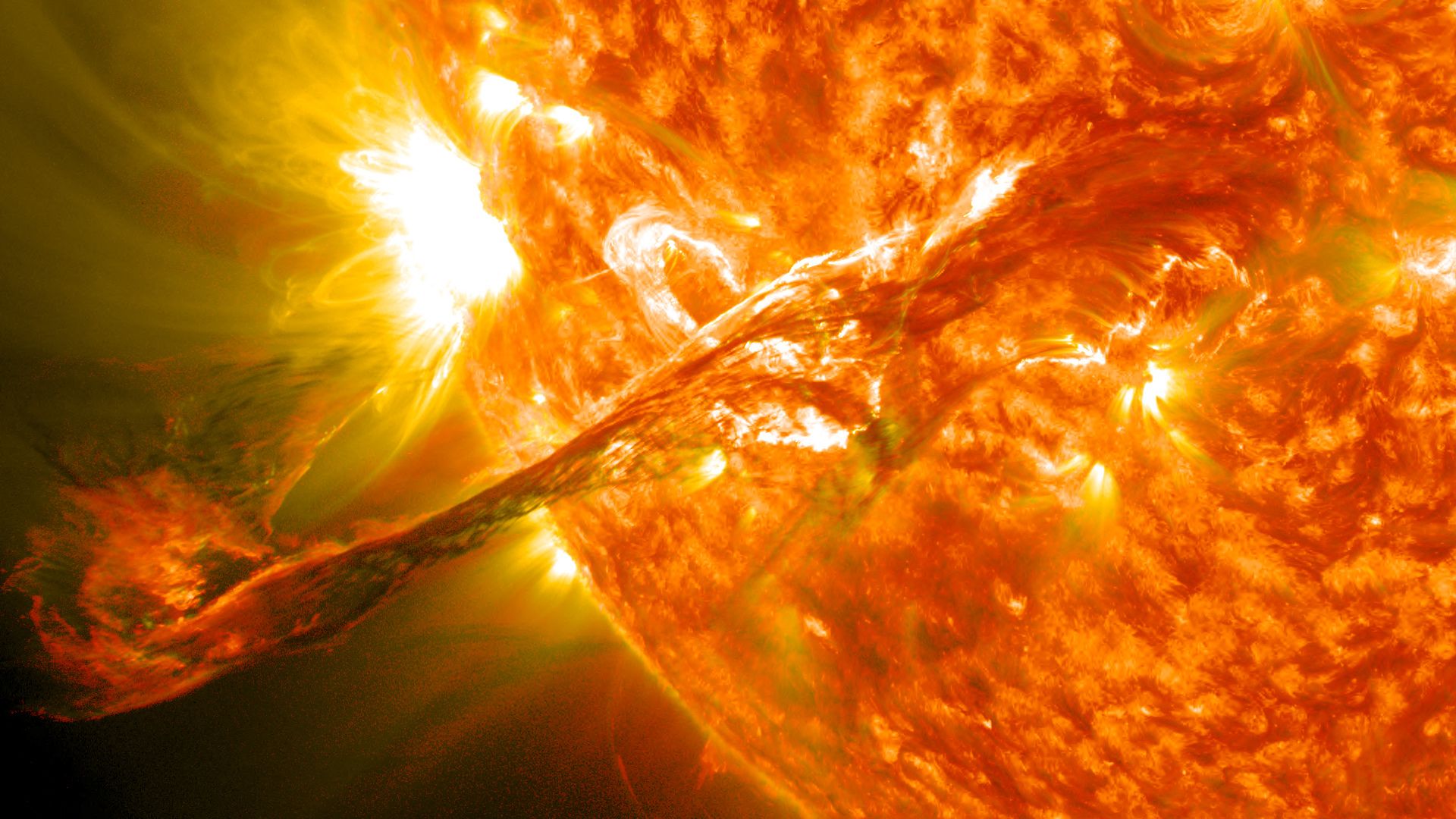
Keith Strong, a solar physicist, revealed on X, formerly known as Twitter, that he didn’t see any CMEs.
He posted on X, “I waited until the latest data came in about the time of the X flare and subsequently. There is no sign of any CMEs from the string of M flares and the X2 last night. So there is unlikely to be any geomagnetic activity as a result of the high solar activity.”
Solar Flares in Space

These powerful solar flares — and subsequent solar storms — don’t just impact the Earth. Many other planets in space around the sun also must deal with these flares. Some don’t deal with them as well as Earth does.
For example, a recent solar storm from the sun hit Mars after we got to see the northern lights around much of our planet. Scientists revealed that Mars was showered with intensive radiation after the “strongest solar energetic particle event” ever recorded smashed into the planet.
X-Class Flares Aren’t Over Yet

After this powerful X-class flare was emitted from the sun’s surface this weekend, many may have thought that the sun wouldn’t emit anymore. This hasn’t been the case.
Earlier on Tuesday, July 16, at 9:26 a.m. EDT, another very strong X-1.9 flare occurred in the same region that emitted flares on Saturday. The NOAA Space Weather Prediction Center warned people that high-frequency radio signals may not work, as a result.
